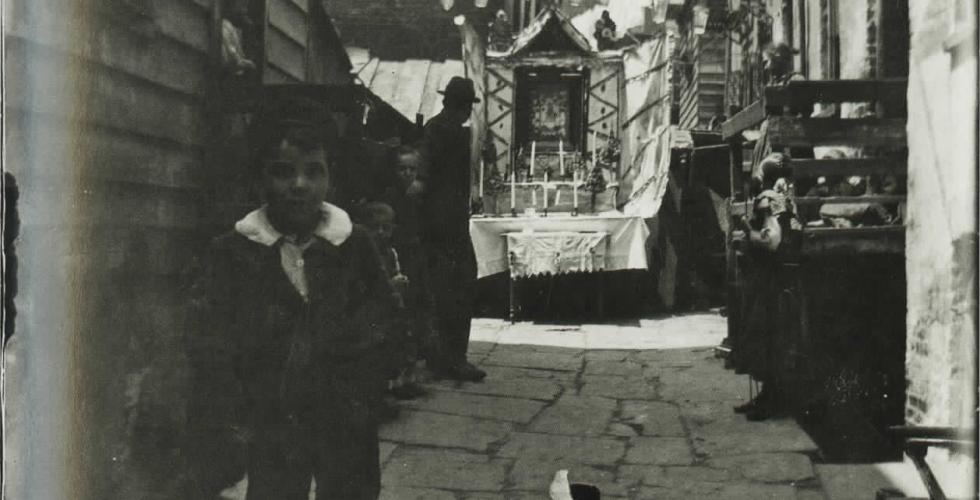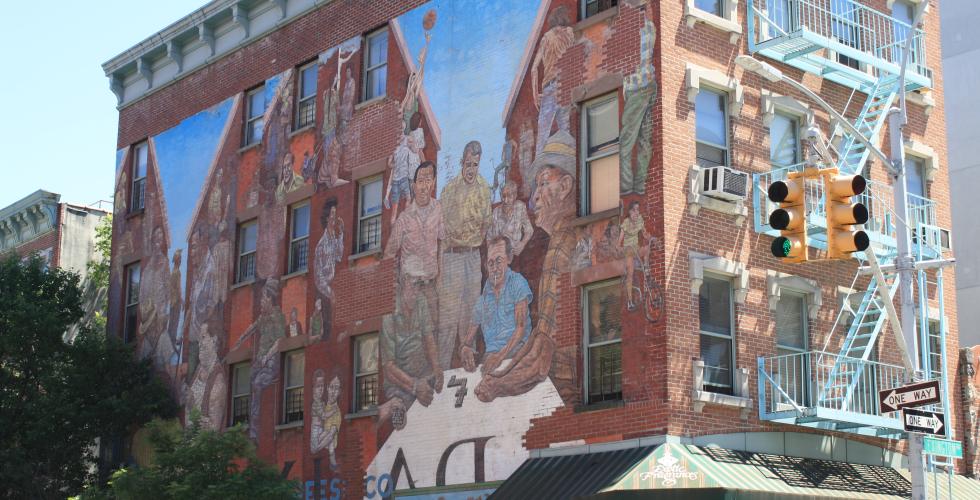Architecture and Migration in New York
This course explores the role that migrant communities have historically played in the construction of New York as well as the spatial negotiations, frictions, and conflicts derived from their settlement in the city. Architecture and urban strategies have historically participated in the definition of frameworks of belonging for migrant communities. However, they have also been used as tools for the exclusion of minority communities, as an alibi in xenophobic arguments, and as mediators of assimilationist policies. We will discuss the manifold relations of architecture and migration. Migrant individuals and communities are responsible for the design, transformation, and resignification of different structures and enclaves. We will regard both the spatial, material, and aesthetic properties of these transformations as well as the social and cultural struggles, exchanges, and dislocations that they mediate. We will also discuss the inextricable connection between New York City and migration. The city historically served as the major port of entry for migrants into the US and continues to be a major attractor for transient populations. We will regard New York simultaneously as a city characterized by its ethnic diversity, and one in which immigrants continue to struggle to secure housing, assert their presence in public space, guarantee their access to resources, and defend their rights. Architecture and Migration in New York is organized around class discussions and a semester-long project involving historical research, digital mapping, and spatial observation. Students are required to register in the 1.5 credit course Methods in Spatial Research. This course is supported by the Andrew W. Mellon Foundation as part of Columbia University’s Center for Spatial Research's series of seminars on topics related to spatial inequality.
Architecture GU4150 - 4 points T 4:10pm-6:00pm Call number: 00678 Ignacio G. Galán, Assistant Professor, Architecture, Barnard College Open to students within GSAS, GSAPP, Barnard and Columbia Colleges, and others by permission


